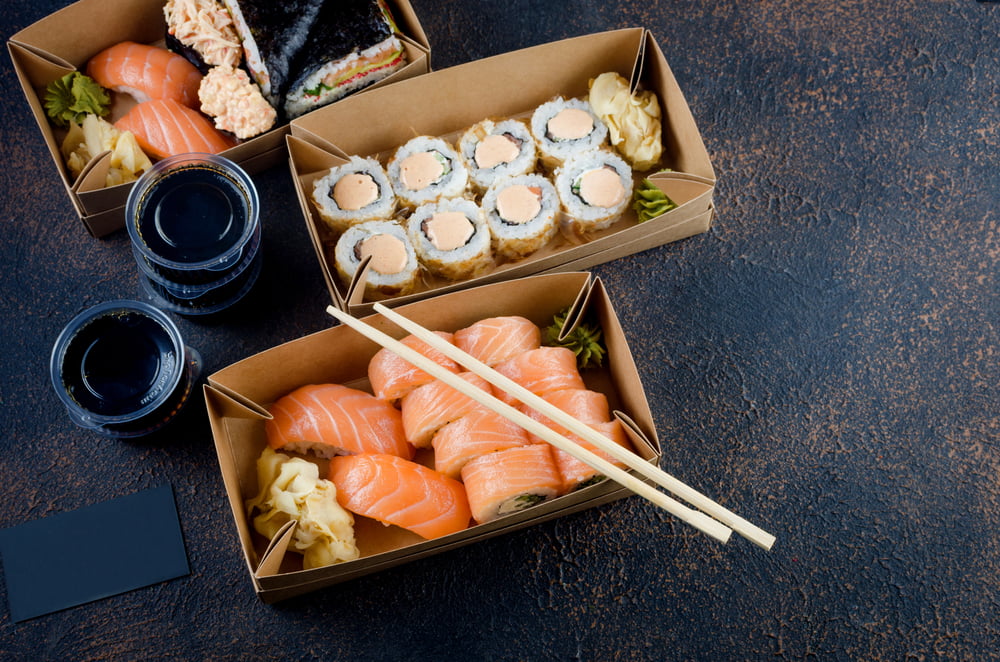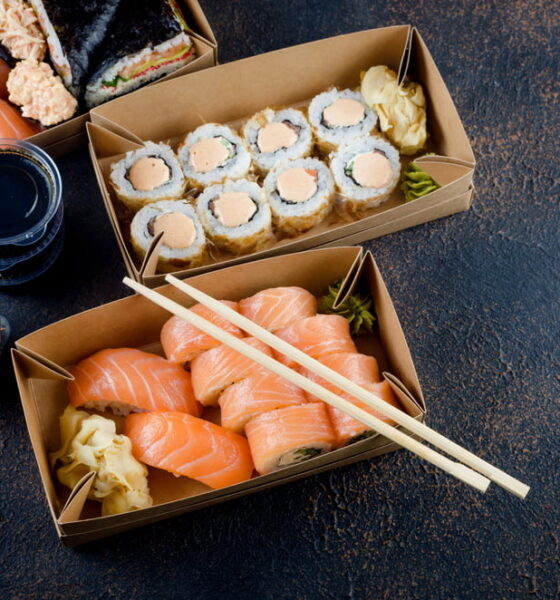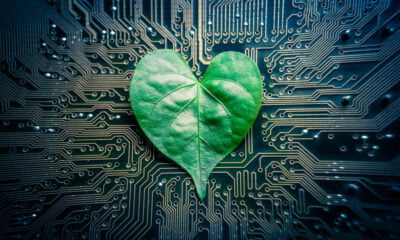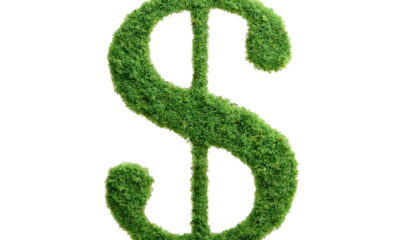

Sustainability
Prominent Trends in Seafood Sustainability in 2022
Seafood is a delicious food enjoyed by billions of people worldwide. In fact, we’ve been eating shellfish for millennia — 165 thousand of them, to be precise.
But with experts predicting that by 2050, there will be more plastic in our oceans than fish, how sustainable is it going forward?
It’s not just the safety and fantastic biodiversity of our marine ecosystems that’s at risk. Millions of individuals rely on the fishing industry for their livelihoods.
So, what does the future look like for seafood, and how can we all be more consciously sustainable?
What Does Sustainable Fishing Look Like?
With our oceans running out of fish, sustainable fishing is more important than ever.
Sustainable fishing is all about fishing at a rate that allows fish stocks to breed, grow, and replenish rapidly. This not only allows those who depend on fishing for their livelihoods to continue doing what they love but perhaps most importantly, it protects our oceans and threatened species to ensure that our future generations will enjoy diverse marine life.
Watch Who You Shop With
Shockingly, more than a third of global fish stocks are thought to be fished unsustainably. Clearly, more work needs to be done. As consumers, there’s little we can do, but we can play a role by supporting sustainably sourced seafood providers that follow best practices to ensure the long-term survival of our ocean life.
When choosing a provider, look for seafood sustainability certifications, like the Global Sustainable Seafood Initiative (GSSI) and Global Aquaculture Alliance (GAA). These organizations promote responsible practices to prevent overfishing, rebuild stocks, and conserve essential fish habitats.
Additionally, consider opting for seafood delivery services offering ethically sourced sustainable seafood boxes. These innovative services leverage blockchain technology to enhance traceability and sustainability in their fishing practices, ensuring that every catch is accounted for and harvested in an environmentally conscious manner.
Consider Buying Frozen
If you enjoy eating seafood, buying frozen is incredibly sustainable. Frozen seafood doesn’t have the same limitations compared to eating fresh. If you choose fresh seafood, it’s time-sensitive. It may have to travel by air to reach you faster, which has a much more significant impact on the environment than slower but more sustainable methods. Seafood can be caught when in season — and therefore more plentiful — and then frozen to meet demand, regardless of the time of year. This gives ocean nurseries more time to replenish and recover.
Buying frozen also produces less waste, as it can be sold any time of the year. Unlike fresh seafood, frozen fish doesn’t need to be thrown away after a specific time. As it’s caught while supplies are in abundance, frozen seafood is also cheaper than its fresh counterpart, and contrary to what you might think, it’s just as tasty.
What Is the Most Sustainable Seafood?
Shellfish like oysters, clams, scallops, and mussels (from the bivalve family) are easy to farm and have a minimal impact on the environment, making them incredibly sustainable.
Unfortunately, they’re often overlooked. Shellfish like mussels and oysters have a reputation for being slimy and challenging to work with. However, they’re very versatile — and tasty. Oysters have a slightly sweet and briny flavour. If you’ve ever wanted a sample of the ocean, this shellfish offers the purest taste you can get. You can also prepare these in a myriad of ways, whether raw, grilled, or steamed, and paired with soups, rice, pasta, or mushrooms. They’re also unique in that the flavor gets stronger the longer you cook them.
However you prepare shellfish, there’s no denying their sustainability — not only are they the most sustainable type of seafood, but they’re also among the most sustainable types of food — period.
But just how sustainable are we talking?
Whether taken from the wild or farmed offshore, harvesting shellfish leaves a fraction of the ecological footprint compared to farming traditional protein sources like pork and beef. For comparison, beef produces up to 20 times more greenhouse gases than mollusks.
Even when farm-raised, shellfish have lower energy requirements compared to other foods. Bivalves are filter feeders, which means they get their sustenance from the water itself. This reduces the need to circulate water and eliminates the monetary and environmental costs of sourcing and using animal feed.
With more and more plastic in our oceans and the threat of a global pandemic, we’ve never been more conscious about our health and ecological footprint. Not only is shellfish an easy and delicious addition to your diet, but it’s incredibly sustainable too. 2022 might be the time to finally champion shellfish and give it the attention it deserves.


 Environment10 months ago
Environment10 months agoAre Polymer Banknotes: an Eco-Friendly Trend or a Groundswell?

 Environment11 months ago
Environment11 months agoEco-Friendly Home Improvements: Top 7 Upgrades for 2025

 Features9 months ago
Features9 months agoEco-Friendly Cryptocurrencies: Sustainable Investment Choices

 Features10 months ago
Features10 months agoEco-Friendly Crypto Traders Must Find the Right Exchange





























